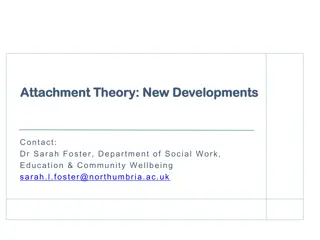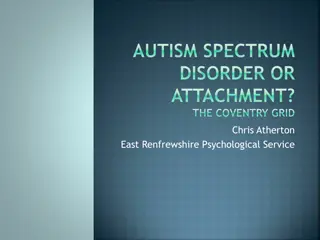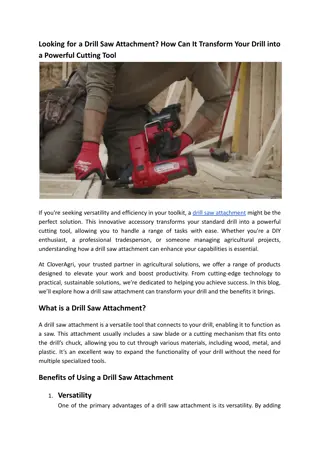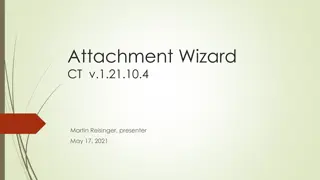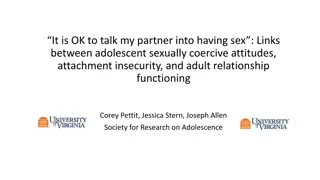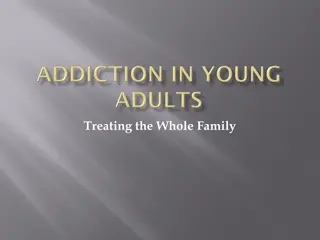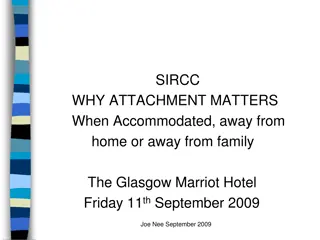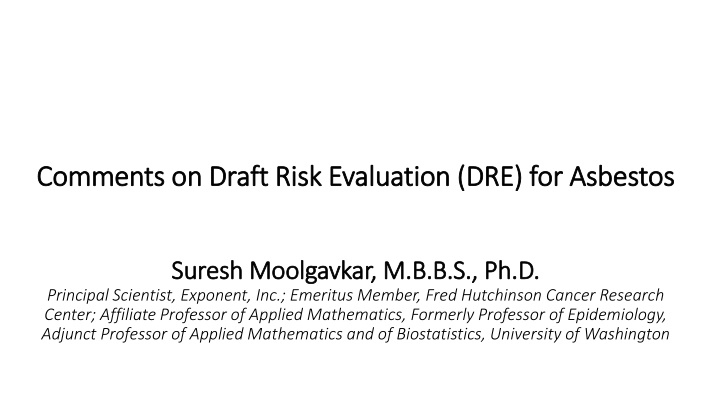
Insights on Draft Risk Evaluation for Asbestos and Mesothelioma Risk Factors
Explore critical insights into the Draft Risk Evaluation for Asbestos (DRE) with discussions on the occurrence of mesothelioma in the absence of asbestos exposure, gradient of association with asbestos by anatomic site of mesothelioma, and the robust body of epidemiologic data showing no increased risk of disease in users of AABL.
Download Presentation

Please find below an Image/Link to download the presentation.
The content on the website is provided AS IS for your information and personal use only. It may not be sold, licensed, or shared on other websites without obtaining consent from the author. If you encounter any issues during the download, it is possible that the publisher has removed the file from their server.
You are allowed to download the files provided on this website for personal or commercial use, subject to the condition that they are used lawfully. All files are the property of their respective owners.
The content on the website is provided AS IS for your information and personal use only. It may not be sold, licensed, or shared on other websites without obtaining consent from the author.
E N D
Presentation Transcript
Comments on Draft Risk Evaluation (DRE) for Asbestos Comments on Draft Risk Evaluation (DRE) for Asbestos Suresh Moolgavkar, M.B.B.S., Ph.D. Suresh Moolgavkar, M.B.B.S., Ph.D. Principal Scientist, Exponent, Inc.; Emeritus Member, Fred Hutchinson Cancer Research Center; Affiliate Professor of Applied Mathematics, Formerly Professor of Epidemiology, Adjunct Professor of Applied Mathematics and of Biostatistics, University of Washington
Mesothelioma Can and Does Occur in the Absence of Mesothelioma Can and Does Occur in the Absence of Asbestos Asbestos The DRE s assumption of zero risk of mesothelioma at a zero asbestos exposure level is incorrect Contrary to current scientific paradigm of carcinogenesis as a process of mutation accumulation Ignores evidence that all cancers, including mesothelioma, can and do develop spontaneously without exposure to environmental carcinogens Mesothelioma occurs in young adults, children and even neonates with no history of asbestos exposure Studies estimating population attributable fraction show a substantial fraction of mesotheliomas cannot be attributed to asbestos exposure Trends in mesothelioma incidence support spontaneously-occurring mesothelioma Ignores scientific evidence for other established causes and risk factors, such as ionizing radiation General agreement that a substantial fraction of human cancers is attributable to the accumulation of random mutations in normally dividing cells, with no exposure to environmental agents Consistent with knowledge that risk of cancer increases with increasing age (and accumulation of mutations)
Gradient of Association with Asbestos by Anatomic Gradient of Association with Asbestos by Anatomic Site of Mesothelioma Site of Mesothelioma The fraction of mesothelioma cases attributable to asbestos exposure differs by time period and geographic area due to differences in the prevalence of asbestos exposure(s) and the magnitude of detected association(s) Pleura Strongest association with asbestos exposure (~80% among men and 20% among women in the U.S. attributable to asbestos exposure) Peritoneum Weaker association with asbestos exposure (<10% among men and <1% among women in the U.S. attributable to asbestos exposure)
Robust Body of Epidemiologic Data Demonstrates No Robust Body of Epidemiologic Data Demonstrates No Increased Risk of Disease in Users of AABL Increased Risk of Disease in Users of AABL For AABL, the EPA DRE ignores a large body of scientifically sound epidemiologic evidence that clearly indicates no risk of asbestos-related disease in cohorts exposed to low-level chrysotile asbestos Studies encompass a variety of time periods, study design and data collection methods, and countries, further bolstering the finding of no increased risk Toxicologic studies provide strong support for the conclusions of epidemiologic studies
Hierarchy of Epidemiologic Study Designs Hierarchy of Epidemiologic Study Designs Example Studies for AABL Systematic Reviews & Meta Analysis Wong (2001), Goodman et al. (2004), Laden et al. (2004), Garabrant et al. (2016) Not applicable for AABL Randomized Controlled Trials Provided on next two slides Case Control & Cohort Studies Cross Sectional Studies (e.g., PMR, PIR studies) Lemen (2004), Freeman & Kohles (2012), Kanarek & Anderson (2018)??? Case Reports & Case Series
Multiple Studies Show Vehicle Mechanics and Users of Multiple Studies Show Vehicle Mechanics and Users of AABL Have No Increased Risk of Mesothelioma AABL Have No Increased Risk of Mesothelioma
Multiple Studies Show Vehicle Mechanics and Users of Multiple Studies Show Vehicle Mechanics and Users of AABL Have No Increased Risk of Lung Cancer AABL Have No Increased Risk of Lung Cancer
Studies of Mechanics Studies of Mechanics and Users of AABL and Users of AABL (taken from (taken from Garabrant Garabrant et al., 2016) al., 2016) et
Misuse of Hill Criteria Misuse of Hill Criteria Lemen (2004) is based solely on case series and does not establish statistical association between exposure to chrysotile from AABL and mesothelioma risk Kanarek & Anderson (2018) dismiss all the case-control studies based on perceived methodological deficiencies; likewise, they dismiss all meta-analyses, including Garabrant et al. (2016), in a single sentence: There have been review articles, re-analyses of previous studies and meta-analyses that conclude there is no hazard of mesothelioma among workers whose work includes brake repair, which are compilations of studies that were not designed to answer that question These authors then go on to misuse the Hill criteria without having established a statistical association between exposure to AABL and mesothelioma The Hill criteria were specifically designed to distinguish causal associations from statistical associations; they cannot be applied in the absence of a statistical association
Carolina Cohorts on which DREs Inhalation Unit Risk Carolina Cohorts on which DRE s Inhalation Unit Risk (IUR) is Based are not Purely Chrysotile Cohorts (IUR) is Based are not Purely Chrysotile Cohorts IUR is essentially based on a single data set from a cohort of textile workers These textile worker cohorts are NOT chrysotile-only cohorts Scientific literature, lung burden studies, and sworn testimony document exposure to commercial amphibole asbestos in the North Carolina and South Carolina textile cohorts Collective data clearly indicate that textile worker cohorts are MIXED FIBER cohorts These textile data set are LARGELY IRRELEVANT for AABL, where only short chrysotile fibers were used Any exposure to chrysotile in the Carolina cohorts was to long-fiber chrysotile Extrapolation of risk from high-exposure-level occupational cohort studies is not warranted when direct epidemiologic studies of the specific occupation are available
Suggestions for Revision of DRE Suggestions for Revision of DRE For mesothelioma: Clearly acknowledge that mesothelioma can occur in the absence of asbestos exposure and that a substantial fraction of mesotheliomas today are not attributable to asbestos exposure Consider all available studies in the DRE; base IUR on a meta-analysis of all studies that include data on person-years at risk and cases of mesothelioma Do not base IUR on the Carolina textile workers cohort Consider available analytical epidemiologic studies of particular occupations of interest, such as AABL For lung cancer: Use data from one of the many available meta-analyses of asbestos and lung cancer Base IUR on excess risk model, not extra risk model Do not base IUR on the Carolina textile workers cohort Consider available analytical epidemiologic studies of particular occupations of interest, such as AABL The use of non-threshold model requires far stronger justification in view of the multiple analytical epidemiologic studies of the occupation at issue


